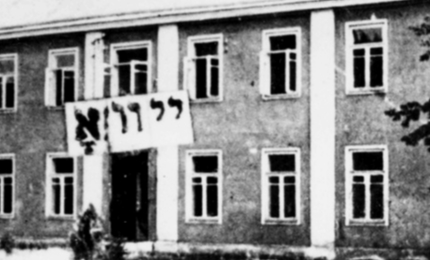Instrumentation: Mezzo or Soprano and Piano
Duration: 4:00
Commission: YIVO Institute for Jewish Research
Premiere Performance:
6/30/2020, Virtual
Cantata Profana: Mezzo Annie Rosen & Pianist Daniel Schlosberg
Presented by YIVO, Center for Jewish History, NYC
Program Note:
Unter soreles vigele (Under Sarah’s Cradle) was commissioned by YIVO Institute for Jewish Research as part of their Continuing Evolution program, combining Yiddish songs from the past with re-imaginings of old folksongs. Several options were offered, and I chose unter soreles vigele. I wish to thank Alex Weiser, YIVO’s program director, for his kind assistance in providing the transliteration and recording of the spoken text, as well as the translation and the original Yiddish. Not only was I drawn to the beautiful earlier settings, especially those by Lazare Saminsky and Stefan Wolpe, but also to the dreamlike, elliptical images. These include the little white goat standing under the table and his trip sell raisins and almonds. Meanwhile, the narrator imagines the future groom studying the Torah! I was moved to build on the unresolved, dreamy aspect of the original melody with a floating whole-tone scale that lands on triadic harmonies only at key points. I also added vocalise, suggesting a mother singing wordlessly to her baby. The piano uses plucked and muted strings, creating a special sonic character for the unresolved motive. My setting is one of chiaroscuro. It reflects on the domestic and whimsical elements of the poem, as well as the trauma of history through which it has come to us. ―JS

